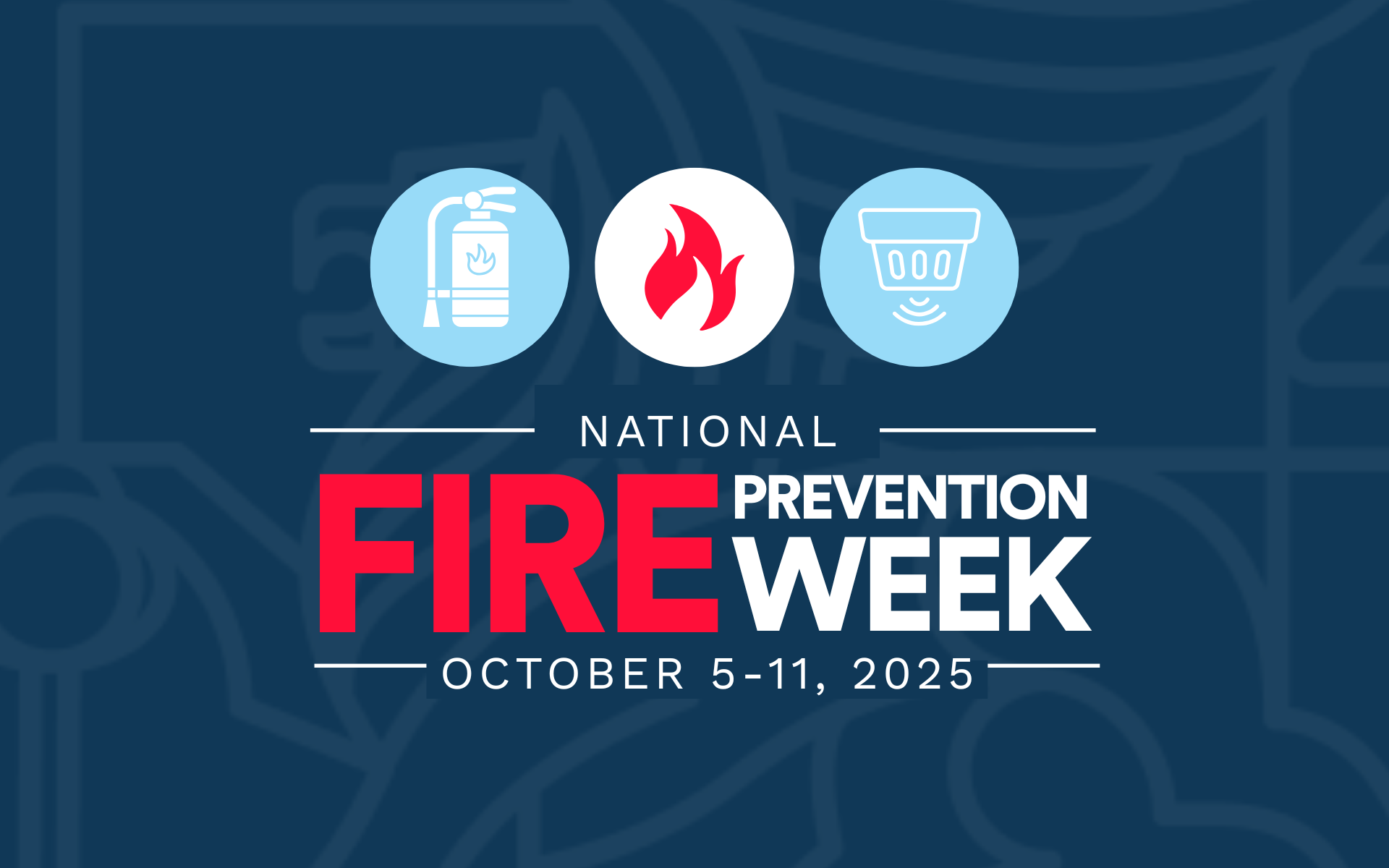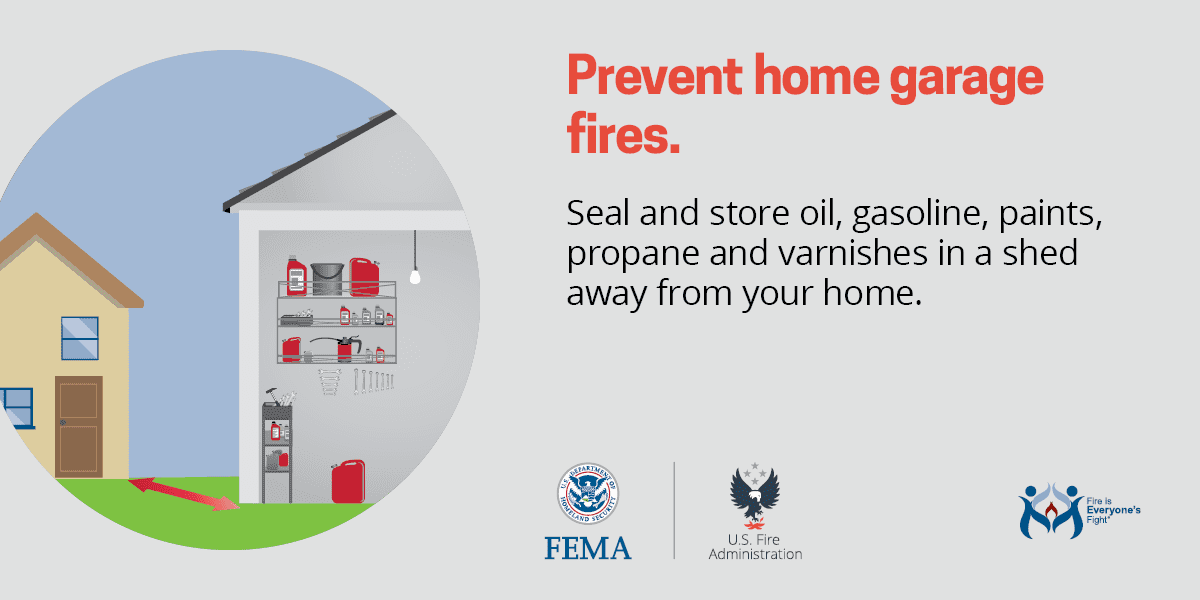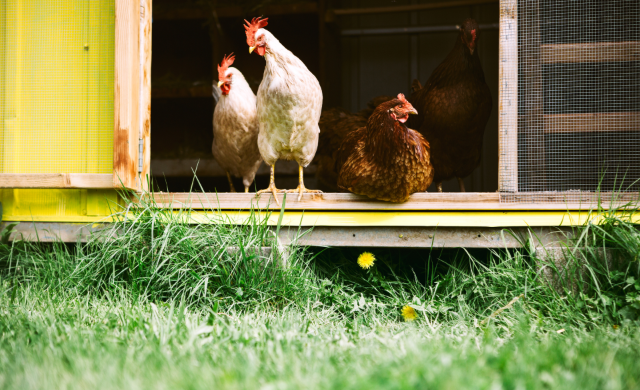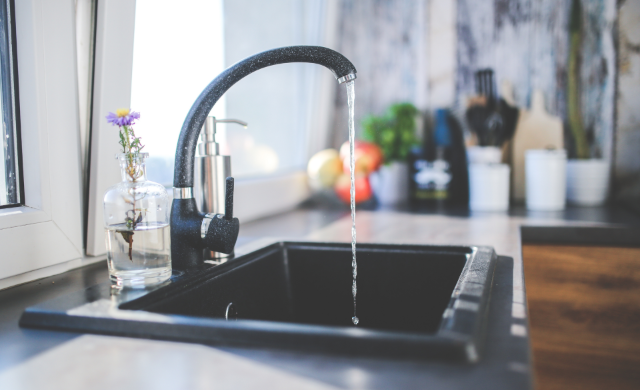Preventing Home Fires – What You Need To Know
National Fire Prevention Week kicks off next week, making it the perfect time to look at fire safety close to home. In St. Louis City, the Fire Department operates 30 stations and responds to more than 110,000 emergency calls each year — with nearly 40% of its fire responses tied to vacant houses. In St. Louis County, fire protection is provided by 23 fire districts and 20 municipal departments. With so many separate jurisdictions, there isn’t a single reporting system that captures all calls across the county, but the sheer number of agencies highlights how common fire risk truly is.
That’s why it’s always worth revisiting how we protect our own homes. While some fire safety practices never change, others evolve with new technology and standards. Use this updated checklist to make sure your household is prepared.

Smoke & Carbon Monoxide Alarms: Your First Line of Defense
- Upgrade & mix your detectors. Modern combination smoke/CO units with both photoelectric and ionization sensing give broader protection (they catch both smoldering and flaming fires).
- Placement & coverage. Install alarms inside each sleeping area, outside each bedroom cluster, and at least one on every floor (including the basement).
- Test monthly & replace as needed. Test alarms once a month. Replace units every 10 years (check the manufacture date).
- Battery backup. Even hardwired systems should have battery backups; many failures occur because of dead batteries or disconnected wiring.
Common Causes & How to Guard Against Them
| Cause | Key Risk | Preventive Action |
| Cooking equipment | Grease fires, unattended pots | Never leave stovetop cooking unattended; keep flammables (towels, curtains) away; have a lid nearby to smother small flare-ups. |
| Heating equipment | Overheating, tip-over | Maintain central heating systems annually; keep space heaters at least 3 feet from anything; use tip-over protection and auto-off. |
| Electrical / appliances | Overloaded circuits, faulty wiring | Don’t overload extension cords; replace frayed cords; install arc-fault circuit interrupters (AFCIs). |
| Candles & open flames | Drapes, decorations, pets | Use flameless LED candles; if using real candles, keep them on stable surfaces, and always extinguish before leaving the room. |
| Smoking materials | Unextinguished cigarettes | Smoke outside, use deep ashtrays, and ensure all embers are fully out before disposing. |
Maintain Key Components You Might Overlook
- Chimneys & vents. If you use a fireplace or wood stove, have the chimney cleaned annually and inspected for creosote buildup.
- Dryer vents. Lint accumulation in dryer ducts is a frequent cause of house fires. Clean the ductwork at least once a year, and ensure outside vents aren’t blocked.
- Cooking hood & filters. Grease buildup in range hoods can ignite — clean filters regularly.
- Fire extinguishers. Keep at least one multipurpose (ABC) extinguisher in the kitchen and one near your furnace/garage. Check pressure gauges monthly and replace or service as needed.
Safety Tips for Garages & Basements
Garages and basements are two often-overlooked areas where home fires can start. Each year, an estimated 6,600 garage fires occur in U.S. homes, causing nearly $450 million in property damage. Common culprits include overloaded outlets, faulty wiring, and the improper storage of flammable materials like gasoline or paint. Basements pose risks as well, since they often house furnaces, water heaters, laundry appliances, and electrical panels surrounded by clutter or combustible storage.
- Store fuels, paints, and chemicals in approved, sealed containers.
- Keep flammable items and clutter away from furnaces, water heaters, and electrical panels.
- Avoid overloading outlets or using extension cords for permanent wiring.
- Maintain clear walking paths and open space so a fire has less to feed on.
- Inspect appliances and wiring regularly, and address any signs of wear or malfunction promptly.

Create & Practice a Fire Escape Plan
- Draw your home layout with two exits per room, especially bedrooms.
- Plan a primary and backup route to exit safely.
- Determine a meeting place outside (e.g. a neighbor’s yard, mailbox, or tree).
- Practice your plan twice a year — do it at night, when visibility is low.
Are You Prepared?
Download FEMA’s Home Fire Safety Checklist and take 10 minutes to audit your home this weekend.



